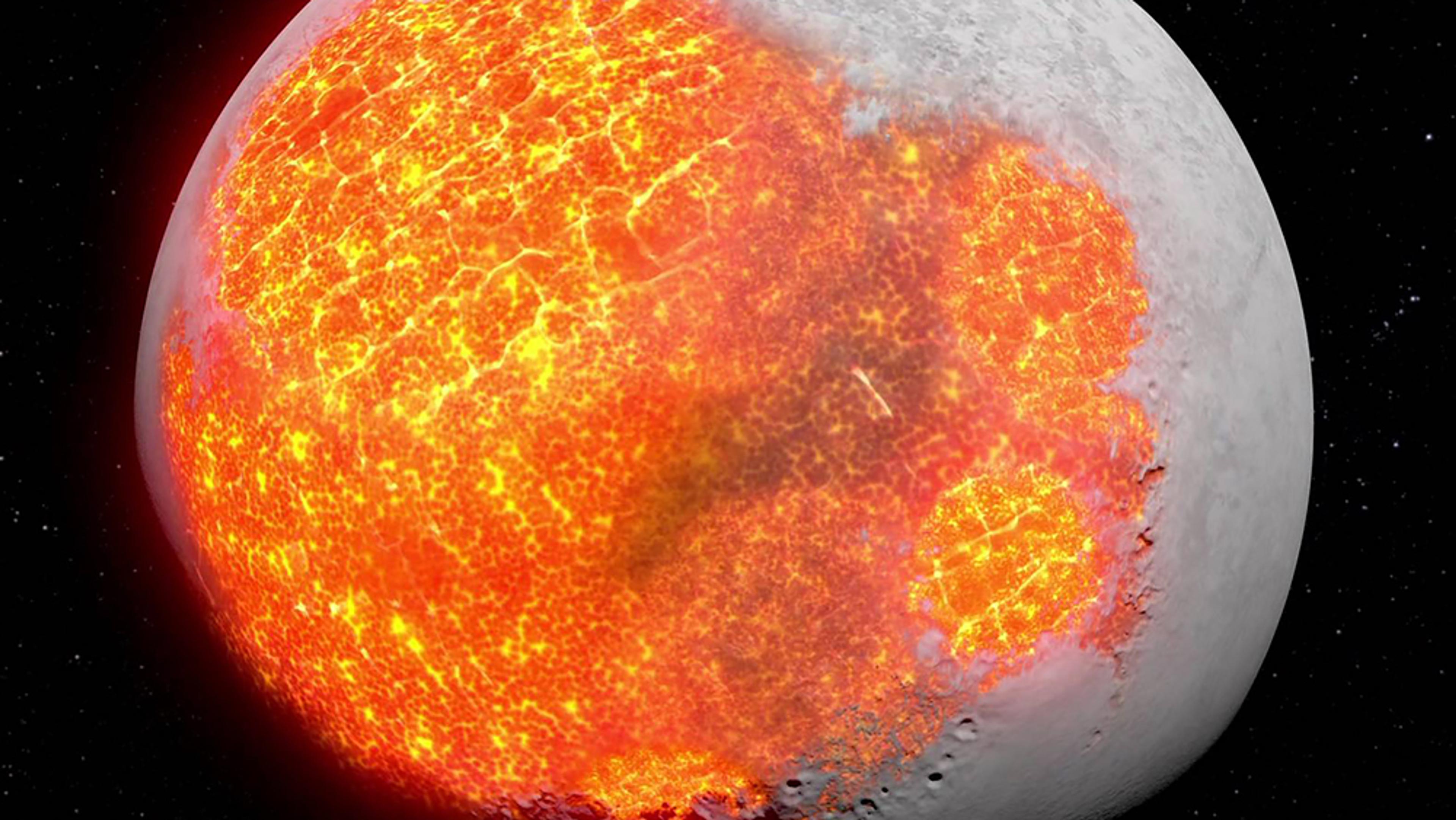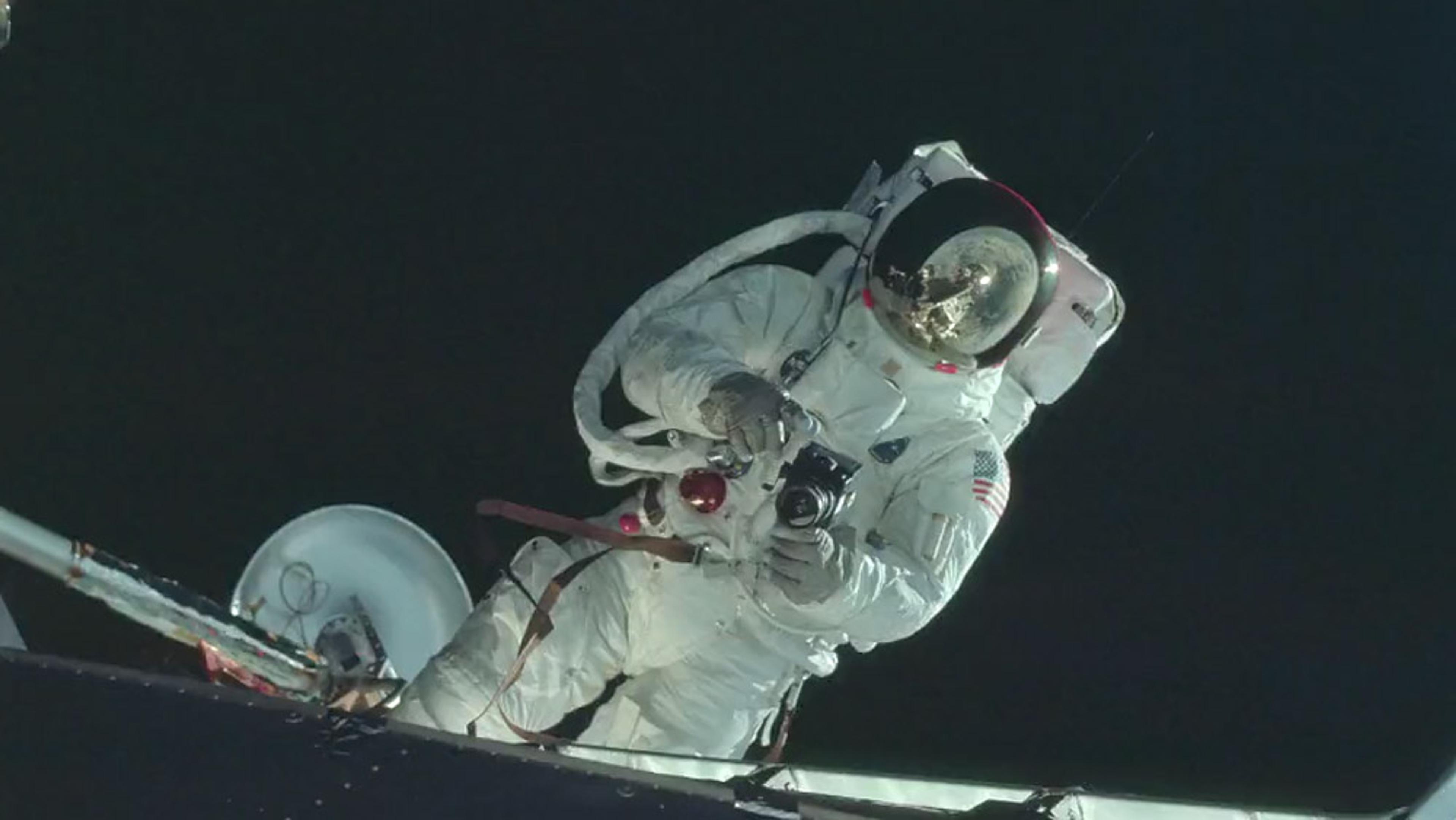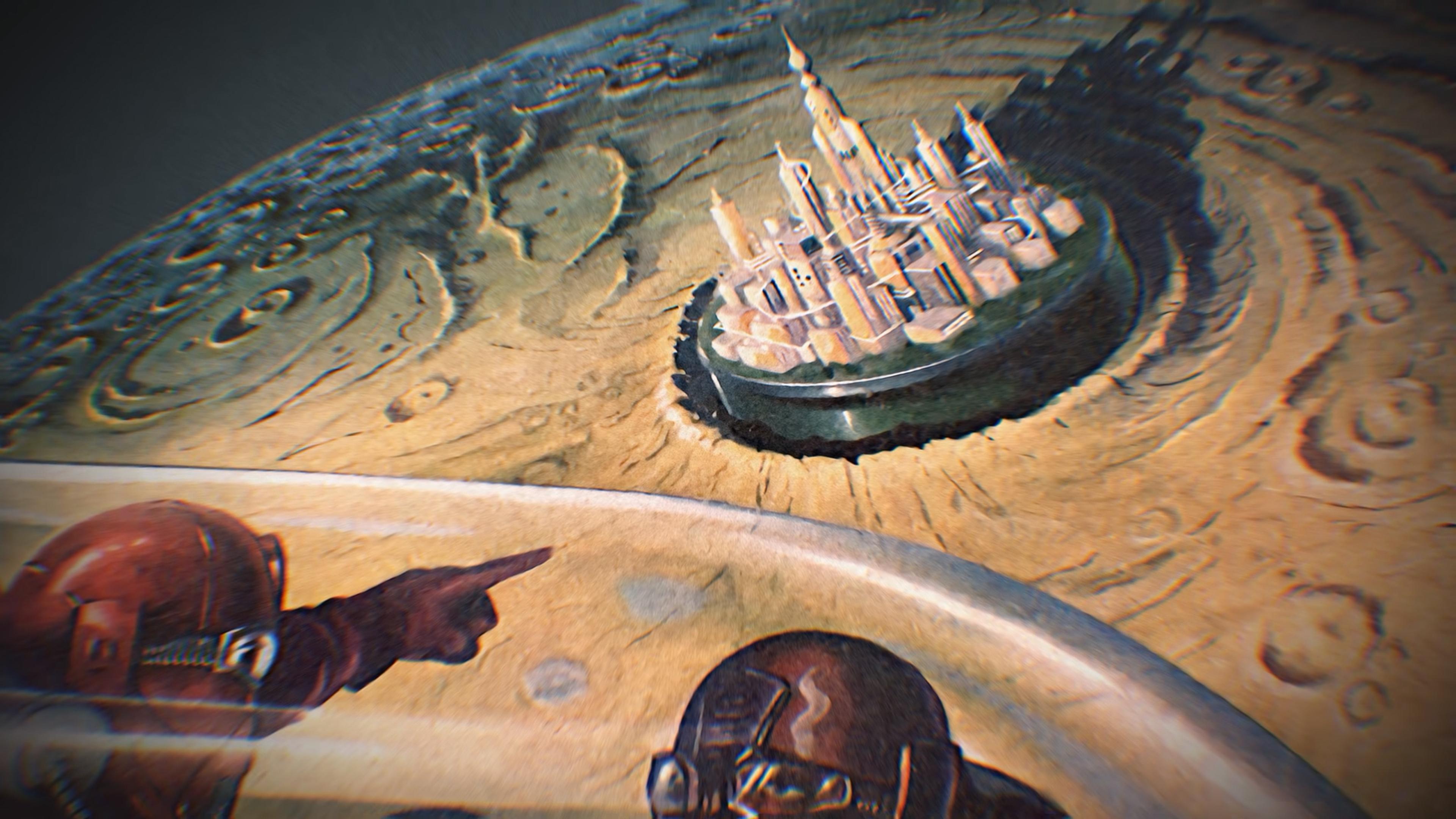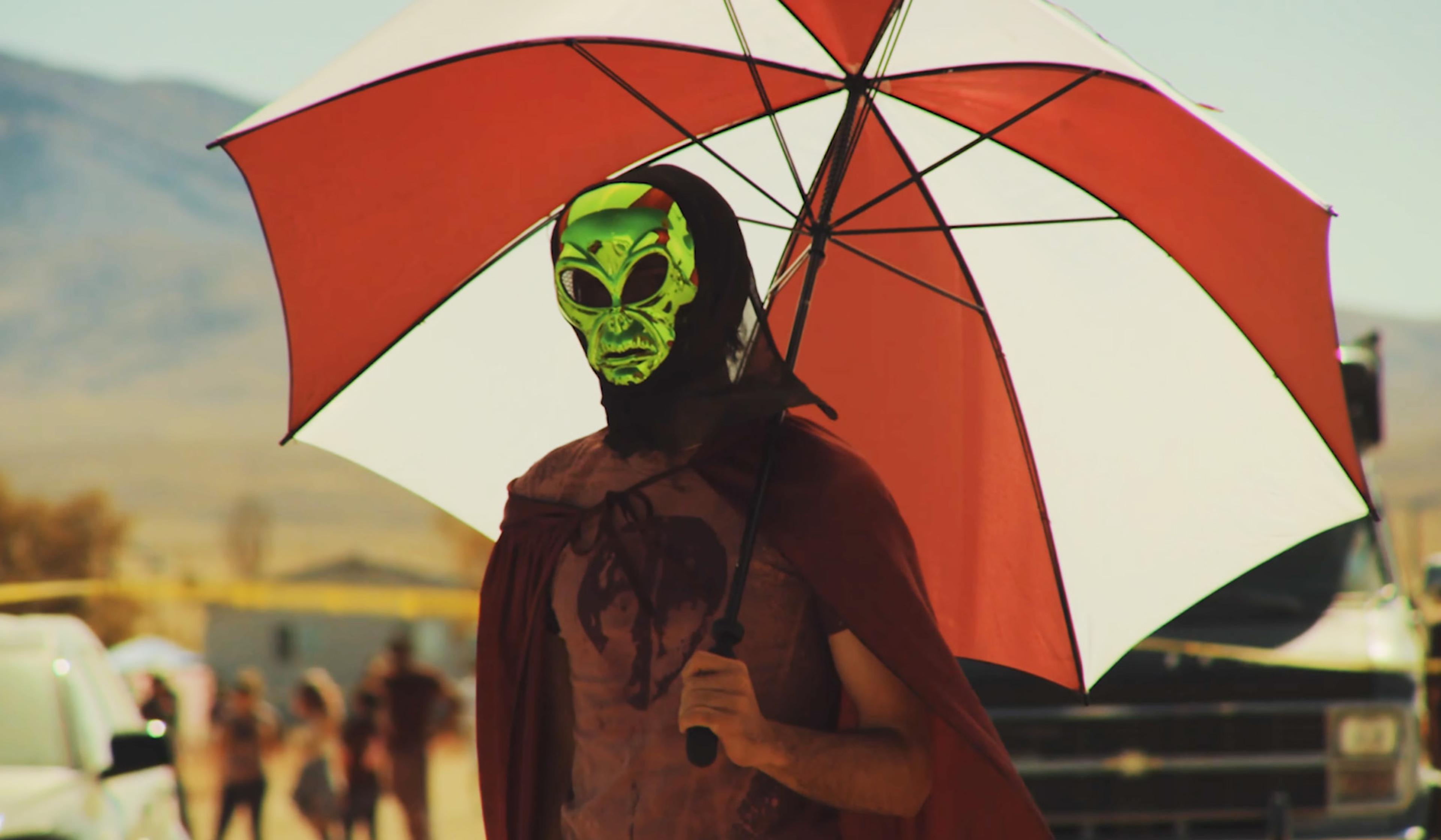While the social media age may allow misinformation to spread like a highly contagious virus, ‘fake news’ is, of course, as old as the news itself. And, as The Great Moon Hoax chronicles, the Moon proved fertile ground for misinformation long before the persistent conspiracy theory that the Apollo landings were faked. In this short, the Australian journalist Kirsty B Carter interviews the US writer Matthew Goodman who explains how a series of stories, originally intended as satire and published in 1835 in the New York paper The Sun, convinced millions that the Moon was teeming with life – including, infamously, a race of bat-people. Explaining why the articles ended up being taken seriously, the video details how profit, entertainment value and the nature of belief intertwined to perpetuate this fantastical hoax, mirroring trends that continue, amplified, today.
Bat-people on the Moon – what a famed 1835 hoax reveals about misinformation today
Video by BBC Reel
Producer: Kirsty B Carter

videoAstronomy
A massive collision, or something stranger? An epic exploration of lunar origin theories
15 minutes

videoDeep time
It might be our placid nocturnal companion, but the Moon has a turbulent past
3 minutes

videoSpace exploration
NASA’s Apollo missions to the Moon and back flip to new, pulsing life
3 minutes

videoAstronomy
The history of astronomy is a history of conjuring intelligent life where it isn’t
34 minutes

videoAstronomy
How an unplanned picture from Apollo 8 altered humanity’s perspective of Earth
30 minutes

videoSubcultures
In a remote town near Area 51, UFO believers and locals contemplate the beyond
12 minutes

videoInformation and communication
Coverage of the ‘balloon boy’ hoax forms a withering indictment of for-profit news
17 minutes

videoSocial psychology
Social contagions can cause genuine illness, and TikTok may be a superspreader
10 minutes

videoPhysics
To change the way you see the Moon, view it from the Sun’s perspective
5 minutes